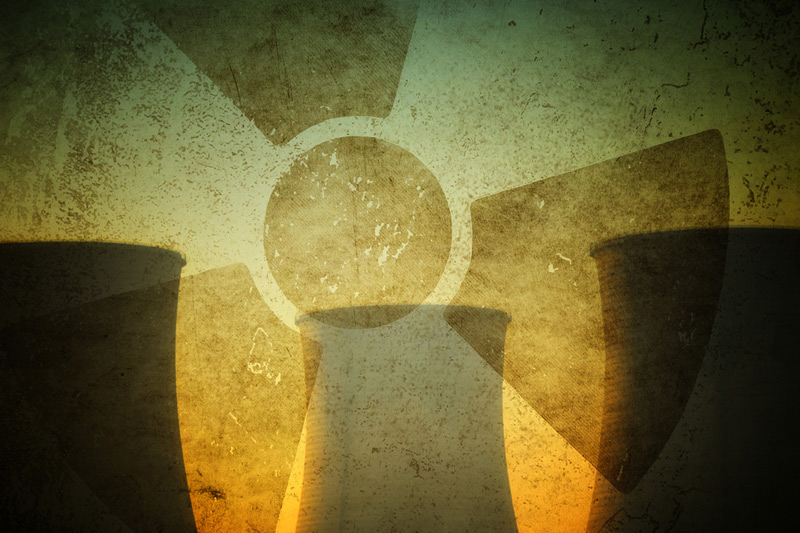Britain will have a prototype nuclear fusion power station generating electricity for the grid in less than two decades, the government has pledged.
The new Spherical Tokamak for Energy Production (STEP) project will be built by the UK Atomic Energy Authority (UKAEA) on the site of one of the UK’s last coal-burning power stations, West Burton, which EDF (EPA:EDF) Energy is due to shut down next April.
STEP’s power plant is expected to be smaller than other fusion energy programmes, such as the International Thermonuclear Experimental Reactor (ITER), which the scientists say could help reduce costs.
While many fusion reactors, or tokamaks, are built in the shape of a torus, or ring doughnut, a spherical tokomak is often described as being shaped like an apple with its core removed.
Last year, UKAEA's Mega Amp Spherical Tokamak (MASK) upgrade experiment at the Culham Centre for Fusion Energy in Oxfordshire delivered a tenfold reduction in heat, reducing the temperature from that of a blowtorch levels used in car engines.
Business Secretary Jacob Rees-Mogg announced the aims for the STEP project in a speech at the Conservative Party conference, where he acknowledged that while there high hopes of commercial fusion its progress is being impeded by “big” technological obstacles.
“We will build the UK's first prototype fusion energy plant in Nottinghamshire, replacing the West Burton coal-fired power station with a beacon of bountiful green energy.
“The plant will be the first of its kind, built by 2040 and capable of putting energy on the grid. And in doing so it will prove the commercial viability of fusion energy to the world.”
Scientists and governments have long been fascinated by the possibilities of nuclear fusion energy – as the process should in theory provide Earth with unlimited clean power.
Unlike existing nuclear power stations, which use nuclear fission – atom splitting in other words – fusion would theoretically come with no long-lived waste, no meltdown risk, and an abundance of cheap raw materials.
Looking to replicate the same process by which the sun provides its heat and light, developments on Earth have so far required more energy (creating the required heat and pressure) to perform the fusion reaction than the energy produced.
Considerable steps have been made in recent years towards the promised land of lower temperatures, known as ‘cold fusion’.
Many of these are being made in the UK.
Using a different approach to that seen in the MAST experiment and other more traditional fusion methods, Oxford University spin-out First Light Fusion achieved fusion with a technology it says should much cheaper than rivals.
Its creation of fusion energy was independently validated by the UKAEA, which also authenticated another major achievement by scientists at Culham in February, where the previous record for energy generated by fusion power was doubled, delivering 59 megajoules for five seconds from the Joint European Torus (JET) facility.
For the first phase of the STEP facility, the UKAEA aims to produce a ‘concept design’ by 2024, outlining the power plant and how each of the major systems will be designed.
In Phase 2, the design will be developed through detailed engineering design, while all consents and permissions to build the plant will be sought.
Construction of the prototype power plant will begin in phase 3, expected in the early 2030s, targeting completion around 2040.
UKAEA said STEP will include “much of the infrastructure and facilities seen on any operational power station” and is “likely to be a delivery project of comparable scale and value to a major operational power station”.
Ben Bradley, Conservative MP for Mansfield and leader of Nottinghamshire County Council, told local media it was “quite poetic in some ways," as the areas of North Nottinghamshire where West Burton is situated “used to power the country and keep the lights on and now we're going to do that in a future-facing carbon free way”.
